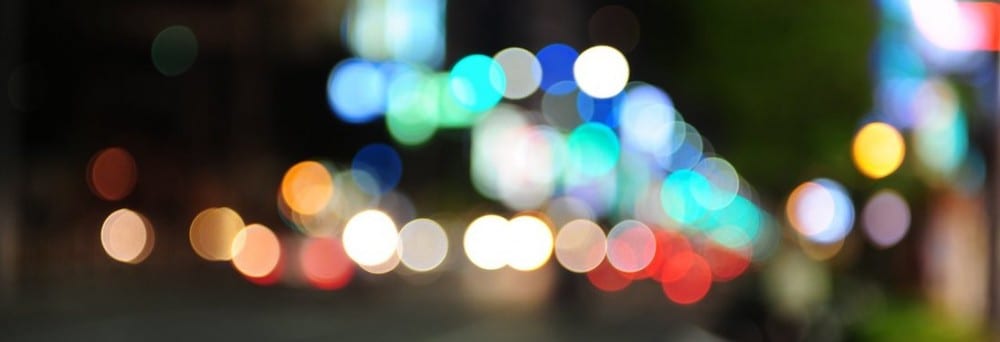In Debord’s Critique of Separation, he suggests that “we don’t know what to say. Words form themselves into sequences and gestures recognise each other” (Debord, 1992, 43). Debord emphasises that we have lost the means to communicate on an authentic, honest level and argues that the words we use to form sentences are produced by our sense of political correctness. We are afraid to push the boundaries of what is deemed as politically correct in case we are unaccepted and seen as other. As a society, we have become consciously self-conscious because we are always feeling a certain anxiety when we communicate with one another and we are constantly aware of this. Debord continues to question the fundamental aspects of communication when he asks “what communication have we desired, or experienced, or only simulated? What true project has been lost?” (Debord, 1992, 43). Debord suggests that we desire more intimate, authentic communication on a personal level that will actually satisfy our need for social interaction. We tend to use colloquial expressions such as ‘how are you?’ in everyday conversation because they are comfortable, recognisable and reciprocal. When we use social media and text messaging, we automatically use these colloquial phrases and the more commonly we use these phrases, the more they become meaningless fillers. For instance, robotically typing emotional confessions such as, ‘I love you’ strips away the intimate meaning the sentence possesses. Our need for intimacy and real social interaction does not come from having ‘600 Facebook friends’, or ‘800 followers from Twitter’, or ‘200 likes on Instagram’. My question is, have we become lost in a world in which communicating via media and technology overrules any other type of social interaction? Technology and social media may be able to connect us with one another on a global scale however, it also gives us a false sense of what ‘socialising’ really is. In our performance we are liberating ourselves from technology and social media in order to engage in real, social interaction with the public and to give them the opportunity to interact with us and feel their own sense of release from technology and consumerism alike.
Debord continues to analyse our need for authentic social interaction by suggesting that dreams are a product of our unfulfilled desires. In Freud’s The Interpretation of Dreams, he states that dreams are the “royal road to the unconscious” (Freud, 1997, 64) and that at the centre of each dream is a repressed wish. Debord, being influenced by Freud’s dream-work theorises that dreams “strikingly publicise those of our needs that have not been answered” (Debord, 1992, 47). Debord emphasises that our repressed desire for authentic social communication is presented to us through our unconscious in the form of a dream. Freud also theorises that every dream once analysed thoroughly can be seen as a wish-fulfilment, however, these wishes may conflict with our responsibilities and conscious aims. In this case, our wish to connect with one another through different, bolder means of communication and interaction conflicts with society’s ‘normal’ way of communication. In our performance, we want to break boundaries and offer gestures that are not normally presented to strangers in order to create authentic social interaction.
Debord, G. (1992) Society of the Spectacle and Other Films. London: Rebel Press.
Freud, S. (1997) The Interpretation of Dreams. Hertfordshire: Wordsworth Edition Limited.
